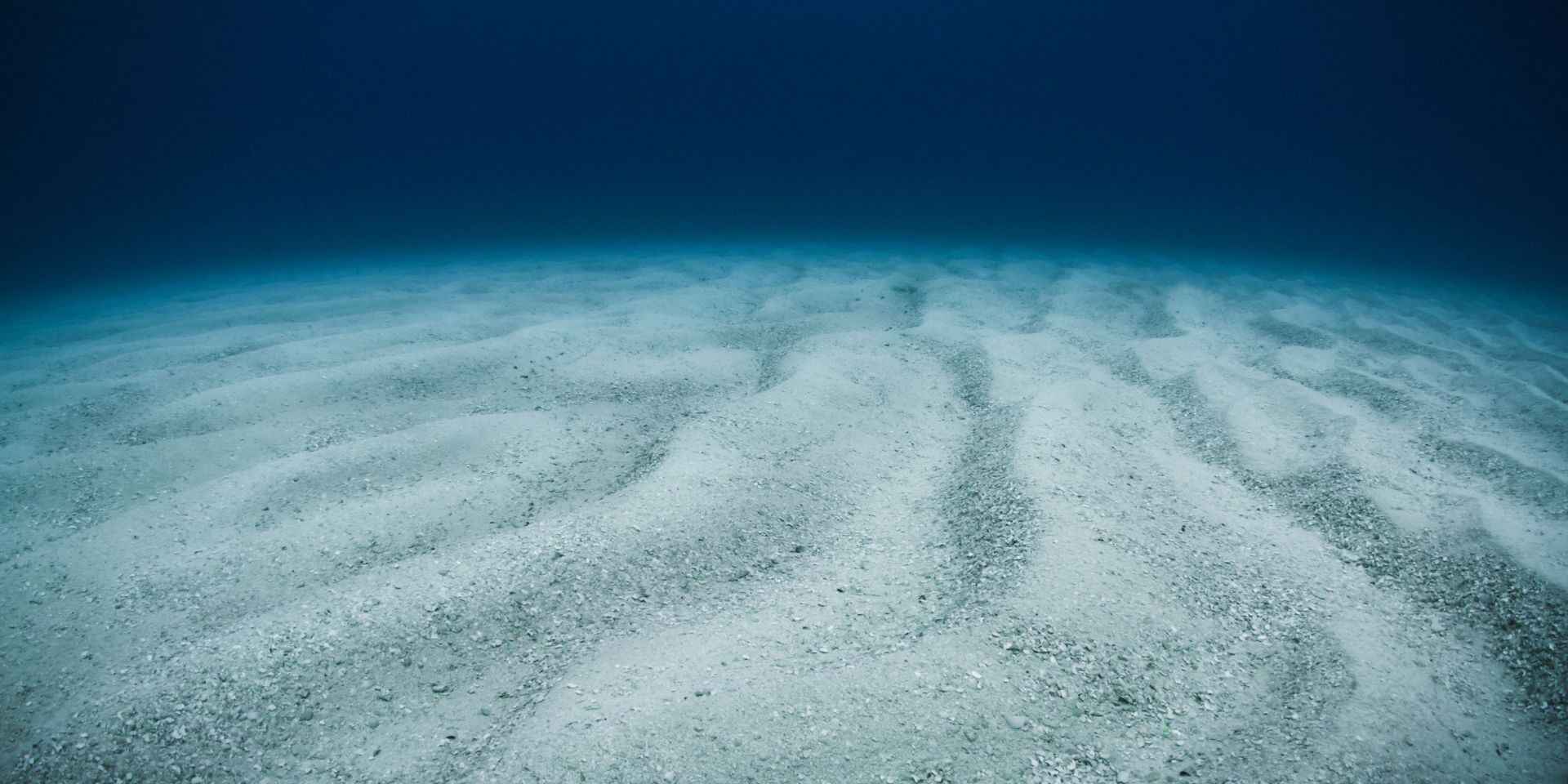
Digital Twins: Redefining Fleet Performance and Predictive Maintenance
🌐 Introduction: The Birth of a Digital Reflection
In the new maritime era, ships no longer exist only in steel and sensors — they exist in data.
Digital Twins are transforming the way fleets are designed, operated, and maintained.
A Digital Twin is not just a 3D model or a software dashboard.
It is a dynamic, self-updating replica of a vessel, built from millions of live data points flowing from sensors, engines, and weather feeds.
This virtual mirror allows ship operators to predict problems before they happen, optimize every voyage, and dramatically reduce costs and emissions.
⚙️ What Exactly Is a Digital Twin?
A Digital Twin is a digital clone of a physical system that behaves exactly like its real-world counterpart.
In maritime operations, this means that every pump, engine, or propeller blade has a virtual version running in parallel — updated in real time through IoT and sensor networks.
This enables continuous monitoring, predictive diagnostics, and scenario simulation without ever touching the ship itself.
Alt-text: “3D render of ship digital twin showing mechanical and data layers.”
🔍 From Static Data to Living Simulation
Before the age of AI, ship data was fragmented and mostly reactive — engineers analyzed it after failures occurred.
Digital Twins change that paradigm by creating continuous, predictive feedback loops.
Every vibration, every temperature shift, every fuel adjustment is instantly reflected in the twin’s virtual environment.
This allows engineers to test hypothetical scenarios such as:
What happens if the ballast system runs under extreme load?
What’s the efficiency impact of a 2°C rise in sea temperature?
How would engine wear evolve under alternate fuel blends?
The answers are no longer guesses — they’re scientifically simulated outcomes backed by real-time data.
Alt-text: “Engineer testing fuel and temperature simulations on ship twin interface.”
🧠 AI + Digital Twins = Predictive Maintenance Revolution
Predictive maintenance is the true powerhouse behind Digital Twin adoption.
By integrating machine learning algorithms, Avin Innovation’s systems detect subtle anomalies that would otherwise go unnoticed.
For example:
AI detects an engine’s thermal drift pattern 300 hours before failure.
Hydraulic systems are analyzed via vibration and acoustic signals for microfracture detection.
Propulsion efficiency is recalculated live under varying weather and load conditions.
The result:
Up to 45% reduction in unscheduled maintenance
20–30% fuel optimization
Extended asset lifespan by 10–15%
This transforms maritime operations from reactive to intelligently proactive.
Alt-text: “Predictive maintenance AI dashboard showing anomaly detection on ship systems.”
🌍 Fleet-Wide Intelligence: Twins that Communicate
A single Digital Twin is powerful — but a network of twins becomes revolutionary.
When multiple vessels’ digital replicas are connected through a central analytics platform, they start learning from each other.
Imagine 50 ships sharing performance data:
When one ship optimizes its power output under specific weather conditions, that data instantly improves every other twin’s algorithm.
This creates a collective maritime intelligence network, where every vessel contributes to — and benefits from — a constantly evolving data ecosystem.
Alt-text: “Global fleet digital twin network interconnected through data visualization lines.”
⚡ Simulation for Sustainability
AI-driven Digital Twins are key to achieving green shipping goals.
They simulate emission outcomes, propulsion loads, and route alternatives, identifying the most sustainable and cost-efficient paths.
They also allow R&D teams to test hydrogen, ammonia, and biofuel propulsion systems virtually before implementing them on real ships.
This minimizes risk, saves resources, and accelerates the industry’s transition toward carbon-neutral operations.
Alt-text: “Green AI simulation of vessel CO₂ emissions reduction using alternative fuels.”
🧩 Integration with Avin Innovation’s Intelligence Framework
Avin Innovation’s digital ecosystem integrates Digital Twin architecture with AI Lifecycle Engines, Edge computing nodes, and cloud data lakes.
Each vessel’s twin communicates with centralized analytics, enabling:
Predictive maintenance scheduling
Cross-vessel benchmarking
Emission compliance monitoring
Lifecycle cost optimization
By merging engineering accuracy with data-driven intelligence, Avin Innovation ensures operational excellence across the fleet.
Alt-text: “Integration diagram of Avin Innovation digital twin and AI lifecycle systems.”
🛠️ The Engineering Side: How Digital Twins Are Built
Creating a twin involves five key steps:
Data Collection – IoT sensors record physical parameters (vibration, pressure, heat, RPM, emissions).
Modeling – Engineers design a virtual model using FEA, CAD, and CFD data.
Synchronization – Real-time data streams align the physical and digital entities.
Simulation – AI-driven algorithms predict system behavior and stress response.
Optimization – Insights are fed back into the real vessel for adjustments.
Each phase forms part of an infinite feedback loop — every voyage makes the model smarter.
Alt-text: “Five-step process diagram illustrating digital twin creation and feedback loop.”
🧭 Challenges and Ethics of Maritime Digital Twins
Digital Twins rely on sensitive operational and environmental data.
Avin Innovation adheres to strict data ethics and cybersecurity protocols, ensuring transparency and compliance with IMO and EU regulations.
Every dataset is encrypted, anonymized, and protected via blockchain verification to prevent tampering or bias.
Furthermore, Avin’s Circular Data Ethics Policy ensures that collected data is used solely for sustainability, safety, and scientific research — never for commercial manipulation.
Alt-text: “Blockchain verification flow ensuring data security in maritime operations.”
🚀 Conclusion: The Intelligent Evolution of the Fleet
Digital Twins are not just a technological trend — they’re the new DNA of maritime operations.
They merge physics, data, and AI into a single, adaptive system that learns, predicts, and evolves.
The shipping companies of tomorrow will not manage vessels — they will manage ecosystems of intelligence.
Avin Innovation leads this frontier with one purpose:
To make every ship not just efficient, but self-aware in the pursuit of a sustainable future.
